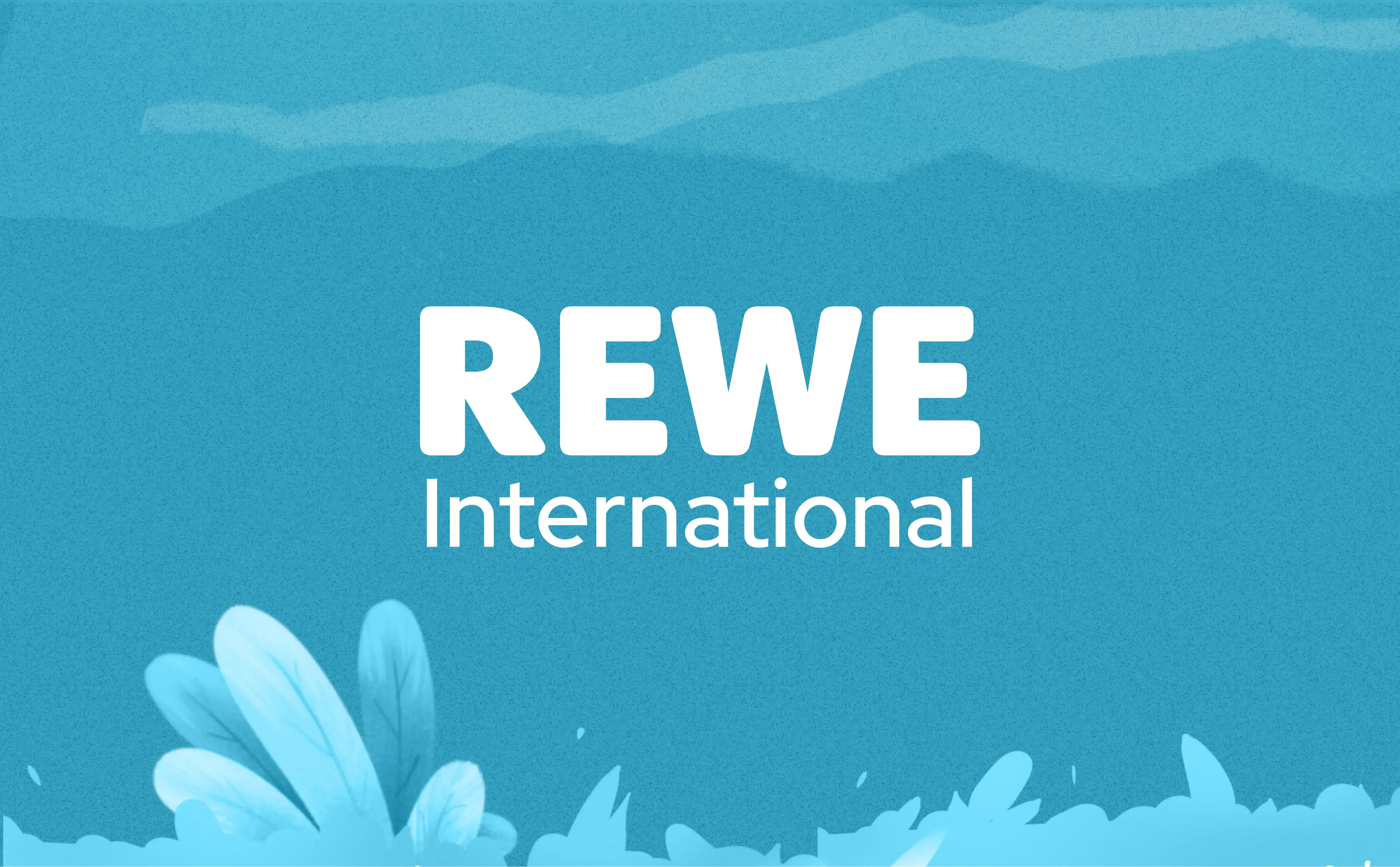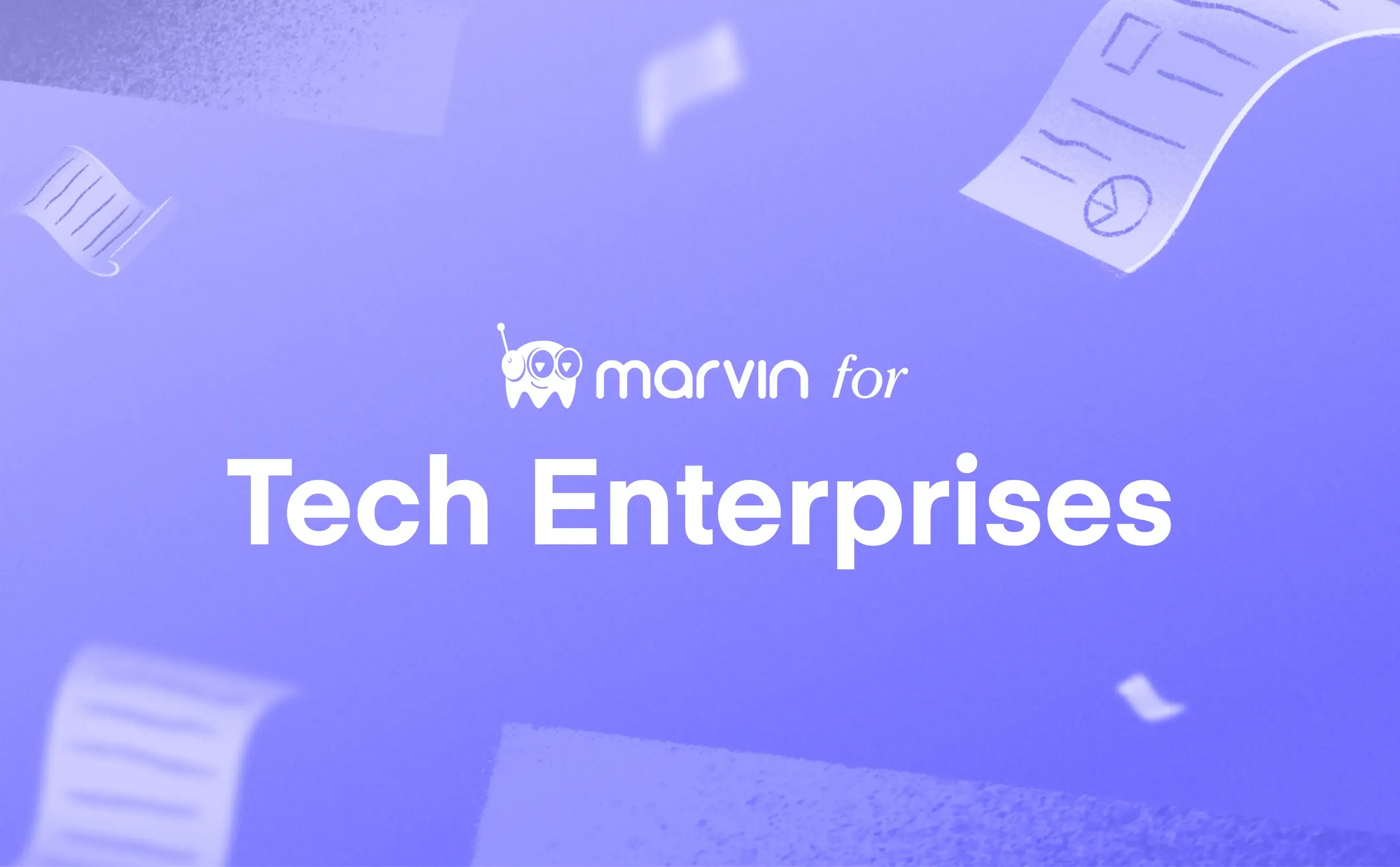A tech enterprise speeds up manual tasks with Marvin to gain time for more in-depth research
REWE International AG uses Marvin to make data-driven decisions that improve user experience
The Ecommerce team at REWE International IT uses Marvin to collect and process large volumes of qualitative data from the online shops that run on its white label solution. They combine qualitative and quantitative data to extract actionable insights that improve user experience on their product.
Customer Outcomes
- Import and analyze data from large qualitative and quantitative surveys, some with thousands of responses
- Combine information across reports, quantitative data, and user interviews and workshops to identify areas for improvement
- Maintain high standards for data integrity and data quality
- Safely store customer data in compliance with EU privacy laws, thanks to Marvin’s automated PII redaction
Powering the Online Stores of Supermarket and Drugstore Chains
REWE International IT provides the software stack for several European grocery and drugstore chains of the REWE Group. This includes Billa, one of Austria’s largest grocery store chains, and Penny.
The group’s supermarket chains use REWE International’s white-label platform to run their marketing pages, online shops and mobile apps.
Several frontend and backend teams within REWE IT work on this solution. UX researcher Angela Prendl works with these teams to improve the user experience on these websites and apps. They combine qualitative data with quantitative insights from the data analytics team to help identify pain points, potential improvements and new features for their product.
The User is at the Center of the Ecommerce Platform
Angela works not just across large volumes of data, but is constantly moving between teams and across flight levels. They work closely with the UX designers embedded in several front-end teams ensuring a consistent experience across different platforms. All teams work with their CPO and business stakeholders to align decisions with user needs. In a sense, UX research connects different flight levels, from design and development to strategic decisions.
Searching For a Tool to Define Research
In 2023, REWE International launched their white label ecommerce solution to replace different legacy systems. Angela was brought on to build research into the product workflow from the beginning.
Before Angela could determine how the front-end teams would benefit most from user research, they had to find the right tool to store, record and analyze the data.
Angela studied and has worked in graphic design, cultural and social anthropology and sociology. They have experience using design tools as well as powerful academic software for qualitative research. When they began evaluating UX research tool, this is what they found:
“A lot of the research tools you get for UX research are very simplistic. They are great and easy to use, but not necessarily equipped to deal with complex data or with large qualitative data sets. When I did my comparison and analysis, there was virtually nothing where I could just upload a PDF and annotate that. Marvin was one of the very, very few solutions that had any promise of that functionality at all.”
Marvin Won Out against 10+ Tools
The UX professionals at REWE International evaluated Marvin alongside other platforms such as Dovetail, Condens, Aurelius, Great Question, Tetra Insights and Atlas Ti.
They evaluated all the tools based on this list of must-have features:
1. GDPR compliance: Raw data from the Ecommerce platform may contain personally identifiable information of customers. The team could use Marvin to automatically redact transcripts, blur or delete video, mask voices, etc. This not just helped store data according to EU privacy laws but also saved time with data scrubbing.
2. Handle large volumes of data from various sources: Angela has been running a qualitative survey since October 2023 on Billa’s online shop that currently has over 12,000 responses. And that’s just one example of data they evaluate. Marvin could handle these large data sets to reveal crucial information.
3. Record calls: The front-end teams at REWE conduct user workshops and user interviews. Being able to access the transcript, tag the contents and navigate within the recordings was a basic but crucial requirement.
4. Centralized labeling taxonomy: Marvin’s labeling taxonomy stood up to Angela’s stress test. They could centrally organize and edit labels, and apply them to files and projects across the repository.
5. Use labeled data: The researchers could use search, filters and Marvin’s AI to sort, search and compare labeled data.
6. Join the dots for data across projects: Marvin’s cross-project analysis helps the teams learn about a customer’s overall experience using the online store.
7. Integrate with other applications: The team could import and export data from tools such as Jira, Qualtrics and Miro.
8. Get external stakeholders to consume data: The Ecommerce team could share clips, research reports and other insights from Marvin without stakeholders having to create accounts.
Angela and the other researchers picked Marvin because these qualities would help them do continuous development and research:
Powerful but also user-friendly
“It's the only tool I found that makes both Angela the designer and Angela the researcher happy. There are a lot of tools that one of them is satisfied with, but very few that can do both.”
Handles many types of data, including images, surveys and PDFs
“There's a lot of data that exists that I can use and harness, but only if I can actually make the sources work in my system. This is the ultimate reason why I ended up with Marvin: because it already had the survey import and it could already import pdfs. If I can easily plug it into my data sources and do something with the data I have, then the chances of the knowledge actually being used are much higher. This is what I like about Marvin so much."
Can keep up with a wide range of use cases, including those of the UX researchers working on internal applications
“Marvin satisfies the standards I have for data, how to preserve data, how to connect data and how to actually keep the information linked together and never lose the connections."
“I'm actually really happy to have found a solution that can do all of these things.”
How the Ecommerce Platform Frontend Teams Currently Use Marvin
The following data now flows into Marvin:
- User workshops and user interviews
- Surveys, from Google Forms, Qualtrics and CSV files
- Excel spreadsheets
- PDF reports
- App store feedback for iOS and Android apps
- Support tickets
“From the moment we launched a new product, we have been consistently collecting data, and we've been able to see on a daily basis what's actually happening. And I think this is very valuable.”
Angela appreciates that they can bring together all this data easily. They can tie user tests, user interviews and workshops to more specific data, such as qualitative and quantitative data sets from surveys. They use it all to do analysis for bigger projects. As part of their role, they also own the taxonomy that everyone uses to label and analyze.
Shaping Design with Research
The designers use the data in Marvin for research and problem-solving. Angela pointed out that grocery shopping is an everyday activity users can easily talk about, providing a wealth of searchable data. Designers are often able to search by common grocery terms to find the data they need.
“My goal is to collect most of the feedback that we get all the time and just have it in Marvin. So that when the designers want to work on something, if they have a question, if they're wondering about how to solve a problem, when they're working on a feature … they can just go and type in the search in the analysis tab and get some data to answer their questions. Designers are able to get a sense of what customers are saying.”
This gives them a sense of the direction they need take:
“I asked the designers also: ‘What do you like about Marvin?’ And what they said is ‘Every time I have a question, I can go there and I will find information. So it doesn't really matter what it is that I'm working on. I will find at least inspiration.’”
Harnessing the Data in Surveys
As Marvin links the qualitative data in surveys to the metadata, designers can also look at the visualization of the quantitative feedback. They have better context of each response:
“I'm asking things like, how was the shopping experience? And then they get an emojis scale we call a mood scale that ranges from very happy to very unhappy. But basically, every time you are looking for someone's response, you can also get this rating as metadata, which is really cool. This is why we love importing stuff into Marvin. With every bit of qualitative data, I can just pull up all of the metadata I have, the moment I click on it.”
This allows the team to track user journeys across the different phases. For example, they may find that a customer found it hard to find an item in the shop, but they were happy with how smooth the checkout process was. This helps them track how each feature and segment impacts the overall experience. The team can evaluate the data in many ways because of how they can access and link it in Marvin.
Tracking the Impact of Bugs on Customer Experience
Since all the data is automatically imported into Marvin and timestamped, research can draw links between bugs and how they affected the user experience at that exact time.
“For instance, in the beginning, when we launched, we used Marvin very extensively for bug monitoring. I was just trying to see if there are bugs that we're encountering or that the users are encountering that for some reason are not obvious enough to show up in our monitoring or something that we cannot see in the customer support requests.”
Planning Workflows and Exporting Data for Stakeholders
Research reports in Marvin are called Insights, a space to add citations, quotes, links to data in the repository. Angela and the designers regularly create Insights and tickets resulting from UX research. Other colleagues, like product owners and team leaders, use data and Insights from Marvin in their decision making. QAs and developers use the data and Insights to resolve bugs.
The UX team also creates Insights, or they export data for their teams or stakeholders who do not generally use Marvin.
“It's just very easy to connect everything. I don't have to go and search for data because whenever I pull a quote, that quote will link back to the original dataset.
“Every quote is essentially a link that I can just send to the team and they can look at it. I really like that. And then everyone in the team that clicks on that cannot only have the quote from the person, but also the mood scale rating and how the person rated the ease of use for all of the user journey steps.”
Angela likes that the data can speak for itself and they do not have to keep re-adding context for other stakeholders.
Improving the Quality of Research with Marvin
Angela perfectly explained the key to doing good research:
“I keep telling all of the people I work with: if you want to actually talk about data and design, you need to have something to look at and to point at it or some part of it. You have to actually be able to annotate it and do something with it again later. Because frozen-in-time artifacts such as PDF documents, they're just really problematic. Because you cannot build on that very easily and there are very high barriers for people reusing what you did.”
While every bit of data that moves into Marvin automatically saves Angela time, they are happier that it helps them do more research to a higher level.
“It's not just about being fast and easy, but for me it's also about improving data quality. Having everything interlinked means that we can maintain a higher standard of data quality and data integrity.”
Want to explore how Marvin can help bring more rigor to your research? Set up your free demo today.



